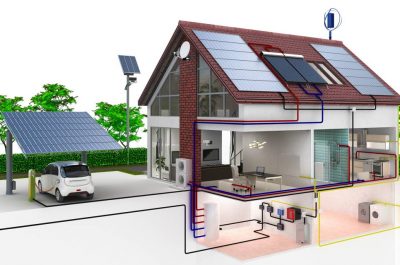Bushfire recovery – more than just new poles
As has been echoed over the past few weeks, this bushfire season has been tragic and devastating.
Our thoughts and prayers are with those who have lost loved ones, homes and livelihoods to this disaster.
In addition to the enormous impact on people and property, the fires have caused unprecedented damage to electricity infrastructure, with thousands of kilometres of network affected.
While bushfires have always been a reality in Australia and something networks plan and prepare for, network assets, by their nature, are vulnerable.
Australia’s electricity networks extend about 918,000 km with more than seven million power poles – most are above ground and extend deep into the bush.
Preparation for and restoration of fire damage and other natural disasters are a major expense.
Particularly vulnerable are rural and remote networks, supplying power to customers at the edge of the grid. These sections can be hard to access, expensive to maintain and are easily severed from the main grid by natural disasters.
As we move towards the recovery phase of this tragic fire season, we should explore what we can do better.
Are stand-alone power systems part of the answer?
The damage so far
The devastation has been unprecedented.
Thousands of kilometres of network damaged, more than 5,000 power poles destroyed or requiring replacement and more than 80,000 power outages across the National Electricity Market (NEM).
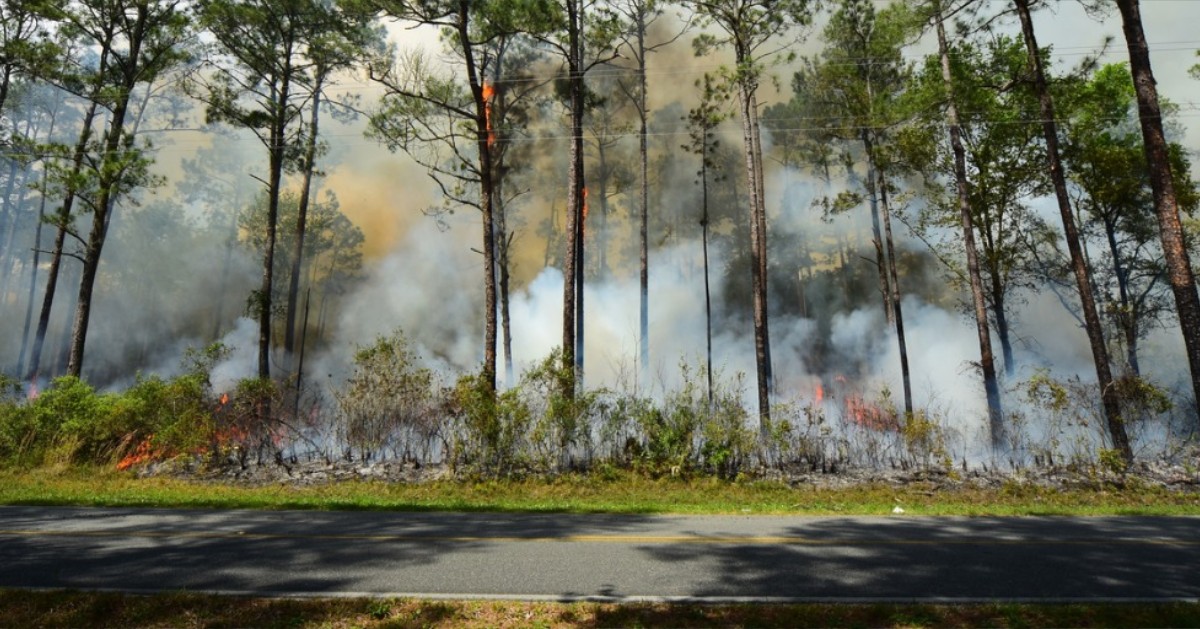
Source: Essential Energy
The efforts of networks to restore and maintain power to customers has been herculean.
On New Year’s Eve, fires tore through south-east New South Wales leaving 37,000 Essential Energy customers without power. By 3 January, 25,000 had been restored. However, over the following weekend, further fire damage impacted power to more than 35,000 customers.
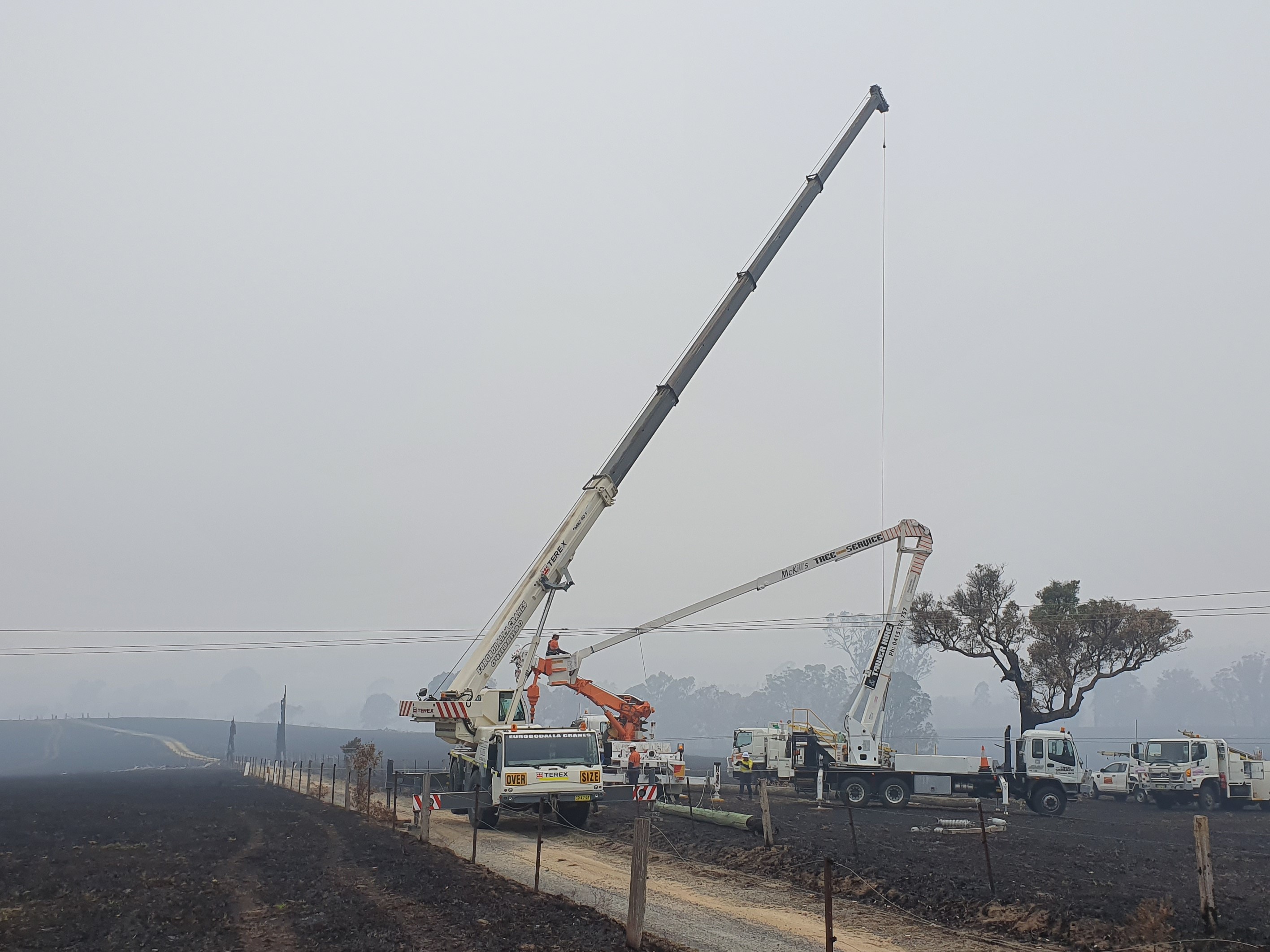
Source: Essential Energy
Overall, Essential Energy has had 1.5 million hectares or 32 per cent of its network footprint impacted by fire. This is an area larger than the entire Greater Sydney Region and includes 14,000 network assets. And this is just one of the networks affected. NSW’s Endeavour Energy and Transgrid, Victoria’s AusNet Services and SA Power Networks also have experienced significant damage and managed power outages to thousands of customers.
Bushfire preparation
Vegetation contacting power lines can damage infrastructure, triggering fires and power outages.
Networks continually inspect, prune and clear vegetation around powerlines to reduce the chance of contact.
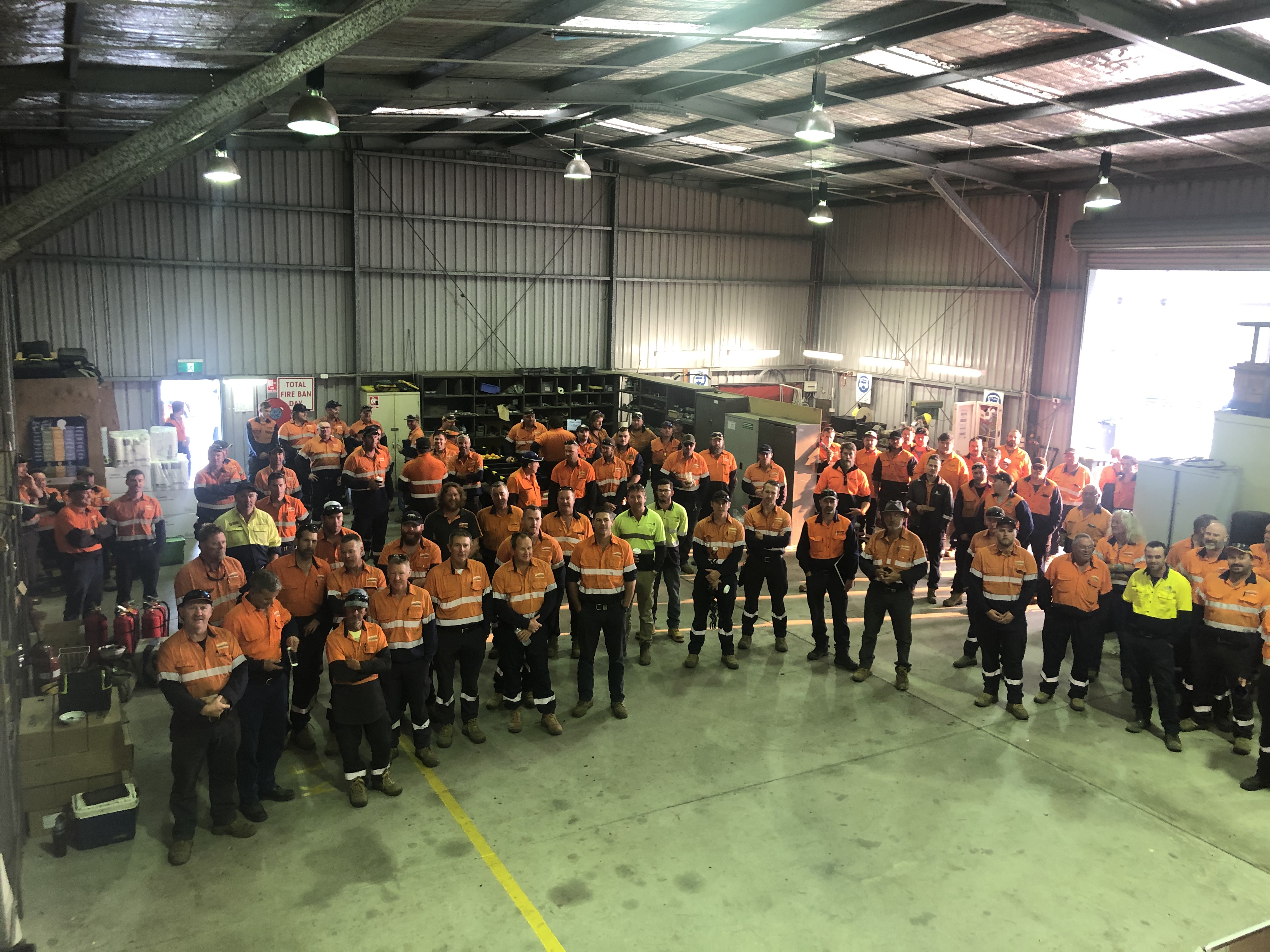
Source: Essential Energy
Helicopters and drones equipped with high-resolution cameras and Light Detection and Ranging (LiDAR) are used for larger and more remote areas.
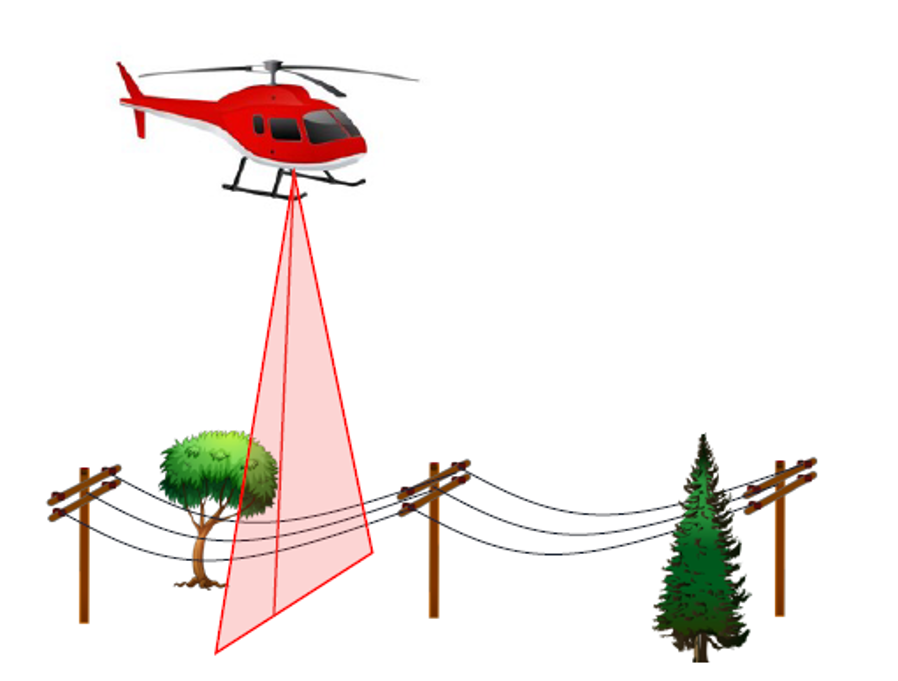
Source: SA Power Networks
If powerlines contact the ground or each other, arcing can occur resulting in sparks which can ignite dry vegetation or other material nearby. To mitigate risks, networks use technologies including:
- Conductor spacers/spreaders to prevent power lines clashing together in high winds;
- Rapid Earth Fault Current Limiters REFCL reduce electrical arcing at the point a fault occurs on the network (for Victorian networks);
- Covered conductors are insulated coatings on powerlines in high-risk areas that are designed to reduce the danger from faults or fallen lines and;
- Fault protection relays that detect and eliminate dangerous faults on the electricity network.
Stand-Alone Power Systems (SAPS)
Stand-alone power systems and microgrids can efficiently power individual properties or small, remote communities.
SAPS are usually a combination of solar PV, batteries and diesel (which serves as a backup) and do not require a connection to the main grid.
These communities (or sometimes individual properties) are at the edge of the grid, sitting at the end of often long, vulnerable powerlines.
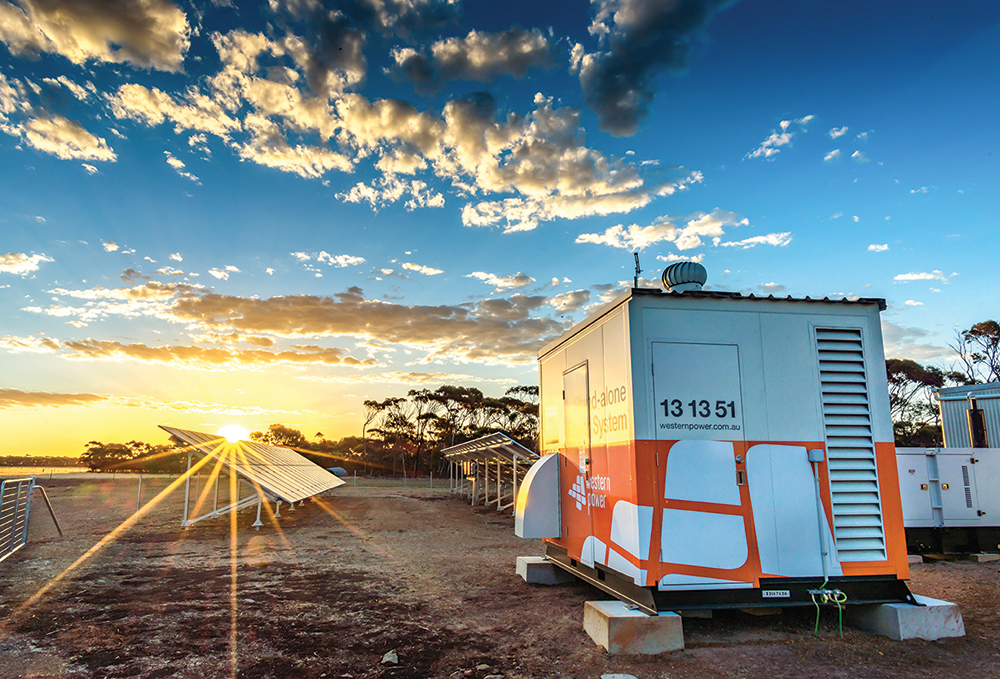
Western Power stand-alone power system (Source: Western Power)
SAPS reduce the amount of infrastructure exposed to a natural hazard and therefore the chance of damage or powerlines starting fires.
Eliminating sometimes hundreds of kilometres of powerlines also drastically reduces maintenance costs.
In Western Australia, Horizon Power and Western Power are marching down the path of supplying selected remote customers with SAPS and disconnecting them from the grid.
The result? Seventy-one hours fewer power outages over a year, 90 per cent of electricity generated from solar panels and a significant rise in customer satisfaction. Also, the elimination of the risk of the old poles and wires starting fires.
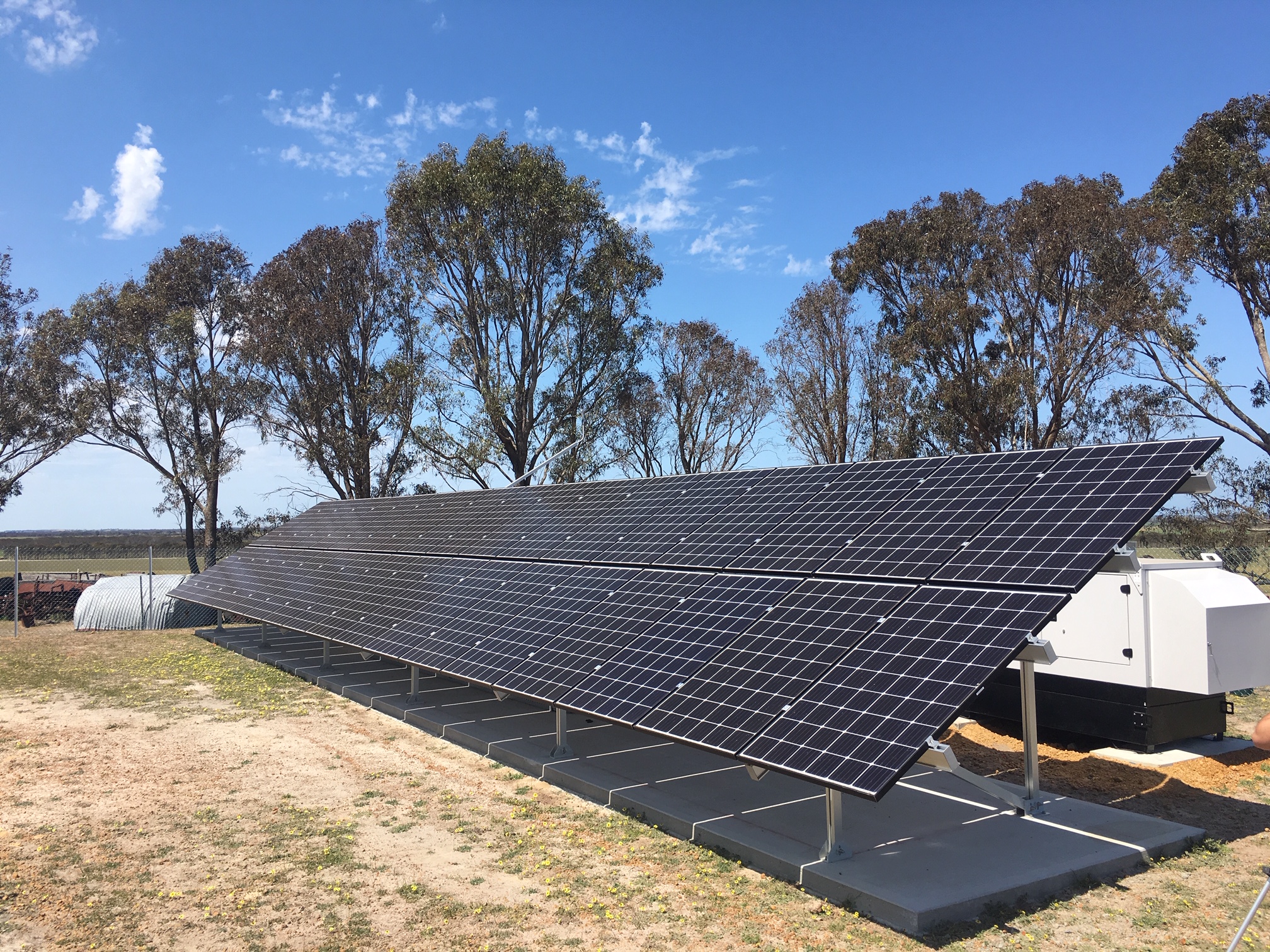
Western Power stand-alone power system (Source: Western Power)
What’s next?
SAPS and microgrids don’t make sense in suburban areas such as our larger cities.
It’s not practical to have a diesel generator running in a Fitzroy apartment building.
We need to let networks identify who would benefit most from these systems and how they can reduce costs for the wider community.
The Australian Energy Market Commission (AEMC) has drafted the rule changes required to allow electricity networks to deploy SAPS in the NEM.
Energy Networks Australia and electricity networks have been working with the AEMC, providing feedback on the draft.
The process is expected to be completed mid-2021.


